In a real-world case involving a power product, a batch of electric metering devices was stored in the warehouse and never deployed. Due to humidity in the southern region, condensation occurred on the heavy PCBs, resulting in a large number of 32768Hz vibration stops. Today, we want to share insights about the 32768 crystal oscillator, discussing several related cases and important design considerations.
Here is a visual representation of the quartz crystal family:
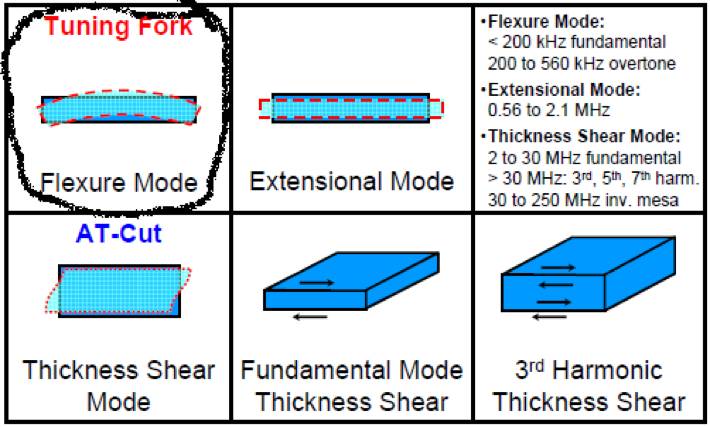
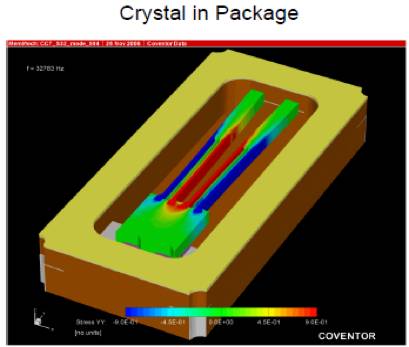
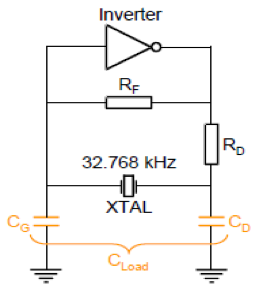

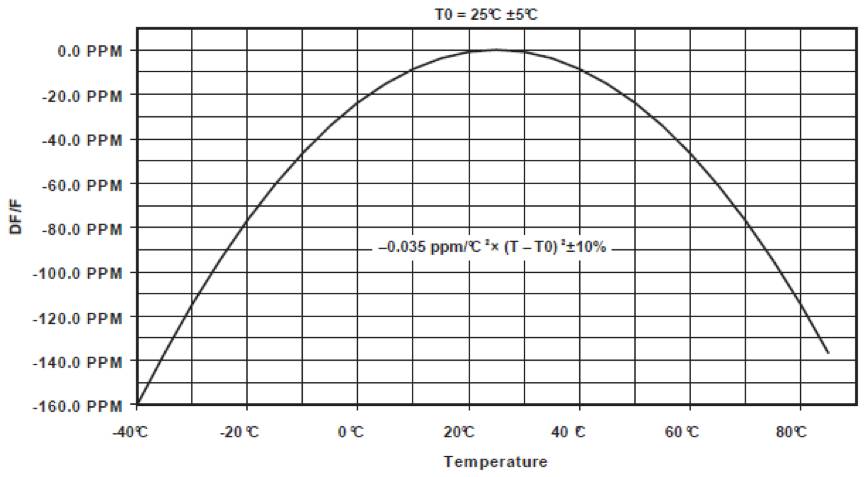
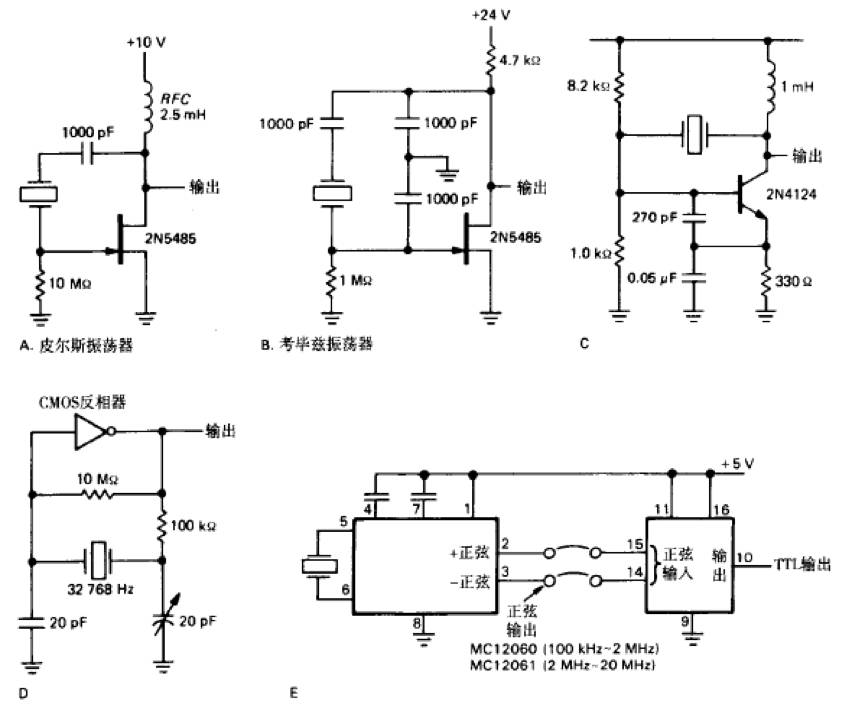
Home Energy Storage,Bicycle Lithium Battery,Electric Bicycle Battery,Electric Bicycle Lithium Battery Pack
Sichuan Liwang New Energy Technology Co. , https://www.myliwang.com